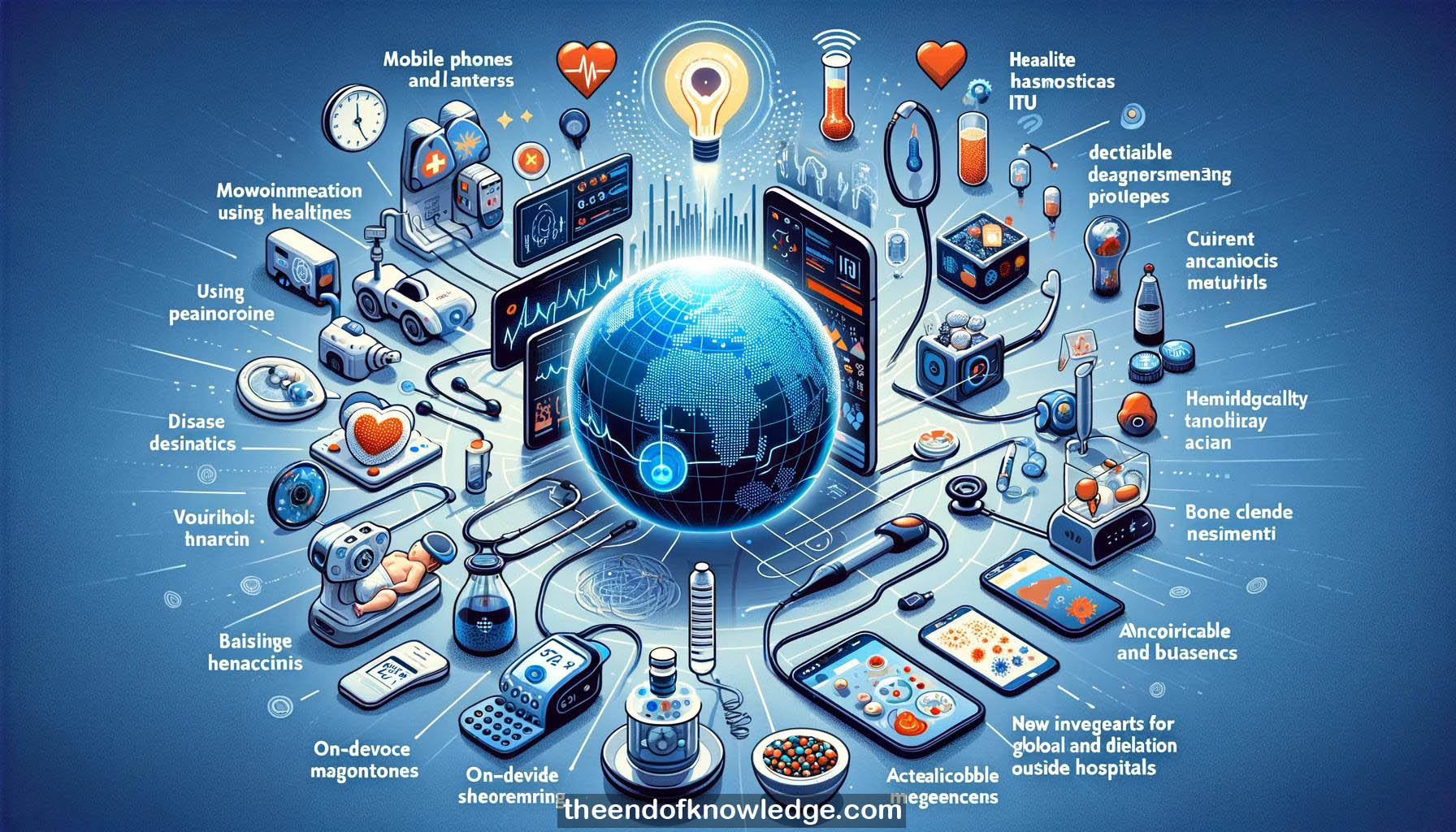 >
>
Concept Graph & Resume using Claude 3 Opus | Chat GPT4o | Llama 3:
Resume:
1.- Dr. Shwetak Patel discusses using mobile phones and AI for healthcare, especially in light of the current coronavirus pandemic.
2.- Patel is a computer science professor at University of Washington and director of health at Google.
3.- The AI for Good Global Summit, organized by ITU and partners, aims to identify practical AI applications for sustainable development.
4.- ACM, the Association for Computing Machinery, is a key partner and gold sponsor of the AI for Good Summit.
5.- Major health paradigm shifts have been enabled by pandemics and technological advances in areas like vaccines, treatment, robotics, imaging.
6.- A current paradigm shift involves using mobile devices, wearable sensors, and AI/machine learning to enable health monitoring outside hospitals/clinics.
7.- Mobile phones are ubiquitous and personal, enabling telemedicine, disease screening, new diagnostics, treatment monitoring, and continuous physiological measurement.
8.- Most current mobile health apps involve manual data entry by users, e.g. for nutrition tracking.
9.- Modern smartphones have many sensors that can be leveraged for health sensing using AI, without additional hardware.
10.- Goal is to provide helpful health insights, not necessarily clinical-grade accuracy, to guide next steps for users.
11.- Patel's lab has worked on using phone sensors like microphones, cameras, accelerometers for monitoring lung function, hemoglobin, bone density etc.
12.- For lung function, they developed an app using the phone microphone to conduct spirometry tests of breathing capacity.
13.- Vocal tract resonances captured by microphone while breathing out can indicate lung obstructions and disease.
14.- Spirometry app was tested on 10,000 subjects, found comparable to clinical spirometers. Enables screening by community health workers.
15.- For cough assessment to screen TB, modeled cough sounds to identify abnormal lung conditions. On-device analysis preserves privacy.
16.- Used phone cameras to screen for jaundice in newborns by analyzing skin tones. Close to accuracy of $10K clinical devices.
17.- Similar noninvasive hemoglobin screening by analyzing colors of finger pressed against phone camera and flash. Tested in Peru.
18.- Analyzing bone density through vibrational resonances from tapping elbow, captured by accelerometer. Screening for osteoporosis.
19.- Exploring use of phones' temperature sensors to screen for fevers, e.g. for coronavirus, by detecting elevated skin temperature.
20.- AI enables interpreting color changes in rapid diagnostic kits for malaria, COVID-19 etc by taking phone photos of test strips.
21.- Key challenges: Regulating AI software as a medical device. Building trust in phone health apps as accurate and private.
22.- On-device AI avoids sending sensitive health data to the cloud. Federated learning enables insights while preserving user privacy.
23.- Not everyone has smartphones, so testing on low-end phones is important to develop equitable solutions for global health.
24.- Engaging healthcare providers requires rigorous clinical studies, field deployments showing health outcomes. Entrenched systems change slowly.
25.- Mobile health enables early detection and prevention, not just disease management. AI can spot physiological anomalies preceding symptoms.
26.- Three key healthcare roles for mobile tech: triaging care, adapting interfaces for impairments, monitoring treatment efficacy remotely.
27.- Engaging handset makers to include sensors and capabilities that enable global health equity through these mobile solutions.
28.- Considering unintended consequences, e.g. insights into sensitive conditions users haven't disclosed, as these powerful tools are developed.
29.- Demonstrating to providers and patients that these "cheap" mobile apps can be accurate and trustworthy is an ongoing challenge.
30.- Huge opportunity for mobile health and AI to revolutionize healthcare access, quality and equity worldwide, if challenges can be navigated.
Knowledge Vault built byDavid Vivancos 2024